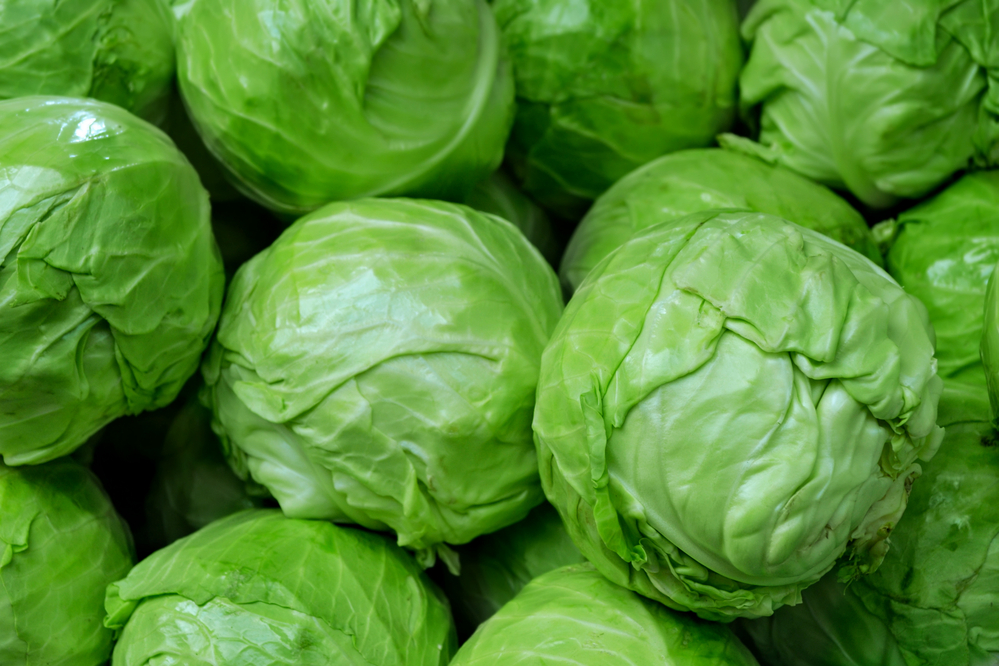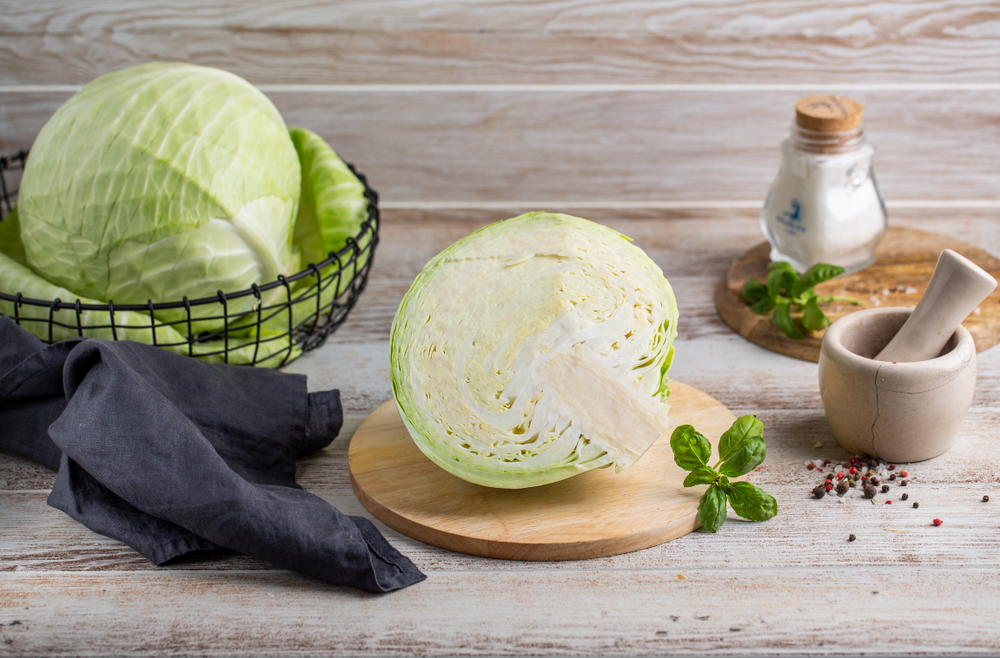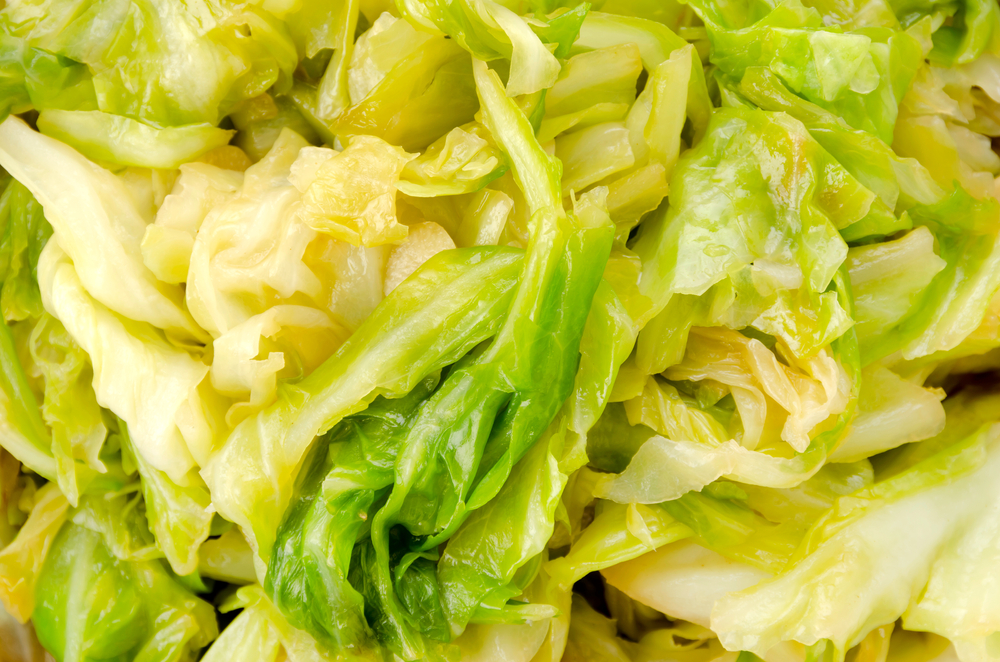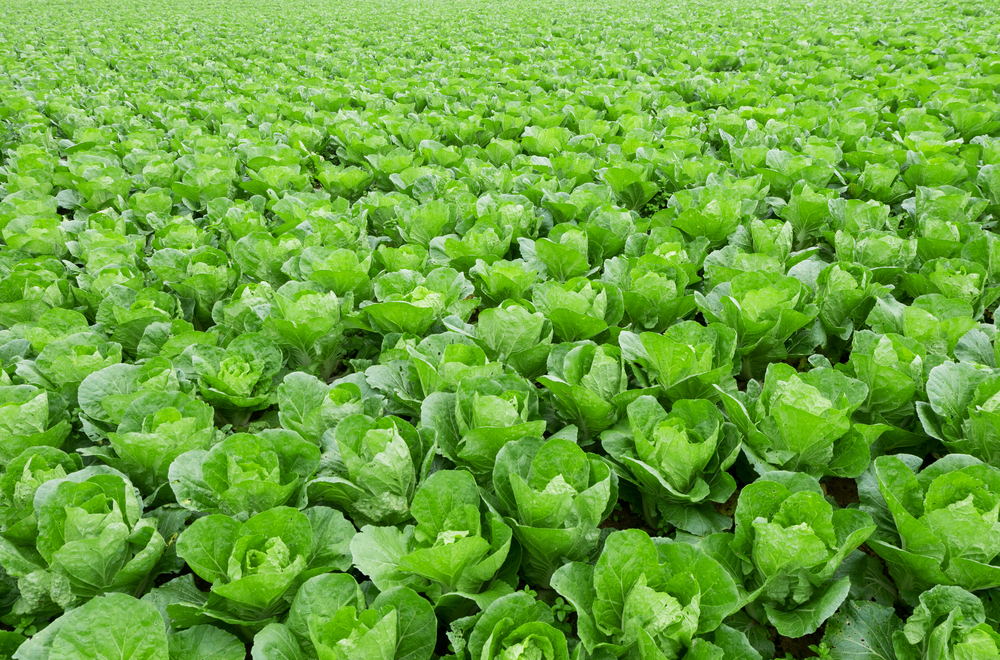You’ve likely heard of bok choy in passing, possibly while reading the menu at an Asian restaurant, and might not be clear about what it is. Boy choy is like a cabbage without actually forming a head, and it’s very commonly used in traditional Asian dishes.
The vegetable’s consistent use indicate that it is plentiful, tastes good, and is potentially flexible in a variety of ways. This article teaches you more about what bok choy tastes like and how you can use it in a recipe.
Boy choy has slightly different tastes depending on how ripe or young the plant is when eaten. We will explore more about bok choy below along with how to use it and the health benefits of the plant.
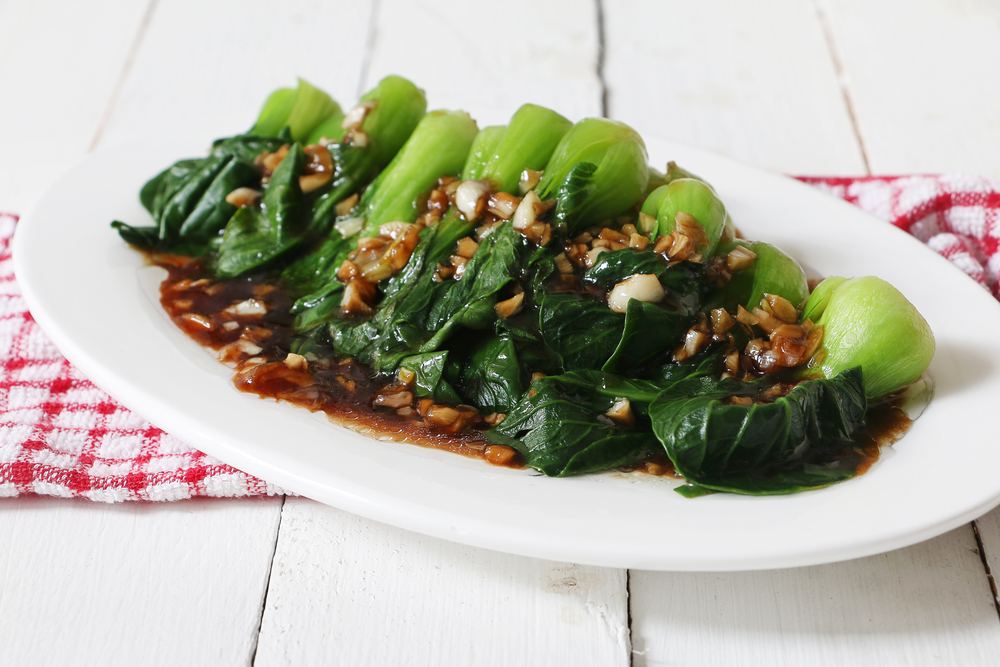
What does bok choy taste like?
Boy choy’s dark, leafy greens have a taste similar to spinach. Most American tongues could describe spinach as slightly bitter with a mineral flavor, in part because bok choy and spinach contain a good amount of iron.
Younger bok choy tastes more like water, with a mild flavor that mixes well with other greens when trying to balance the potentially bitter flavor of darker greens.
Some have reported that bok choy has a mustard green like taste and go so far as saying that bok choy tastes like horseradish. Note that mustard greens and mustard are not the same thing – mustard greens offer a slightly more pungent taste than lettuce and can add some natural peppery flavoring. Horseradish is quite a stretch and most likely comes from a more sensitive than average tongue.
What is the texture of bok choy?
Bok choy’s texture most closely resembles cabbage or lettuce. Bok choy is crispy and juicy when cooked right.
When eaten raw, the stalk itself is crunchy. The attached leaves carry the peppery taste and are more crispy than crunchy.
Note that keeping bok chop crispy and crunchy requires properly keeping bok choy stored in the vegetable crisper within your fridge. You can also either place it in an airtight container or wrap it in aluminum foil. Bok choy that has been left out at room temperature or in a place besides the crisper has the potential to be soft.
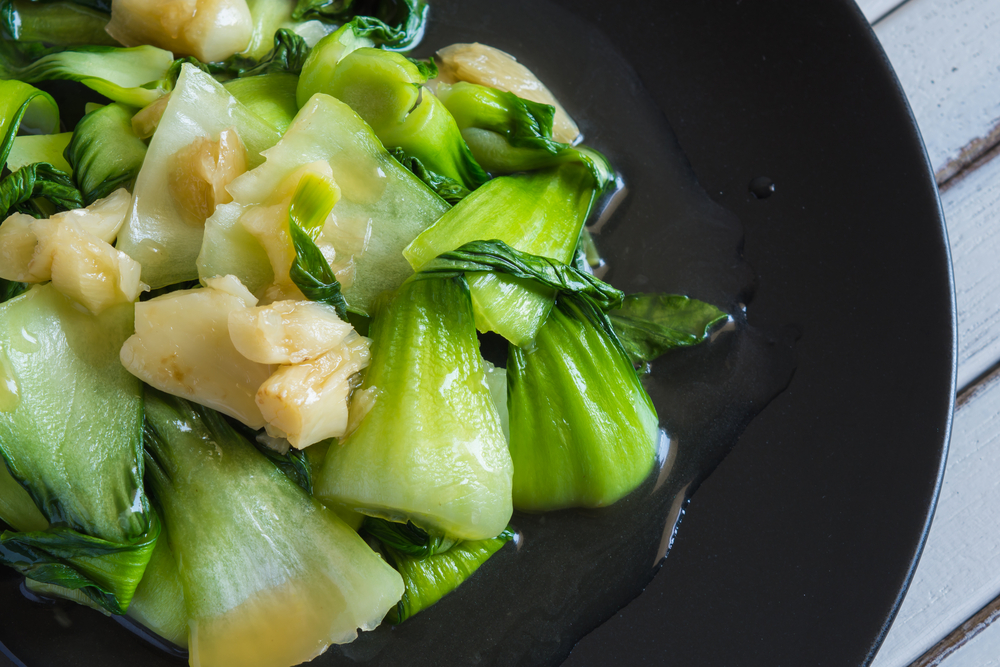
While bok choy can be eaten soft, it’s more known as a vegetable that is meant to be crispy and is often used in a salad for that purpose. Eating soft bok choy is similar to eating heavily wilted salad – and can be a bit slimy and potentially gross to some.
What can you use bok choy in?
Bok choy is most commonly eaten in salads with other mixed greens. Eaters can either use the leaves for the mild salad flavor, or use the stalks to add a bigger crunch to the salad.
The vegetable has many uses, including rolled up in spring rolls to provide the nearly every layer wrench. Boy choy can be stuffed into potstickers and dumplings to fill out the shell and provide a crunch, especially when paired with meats like beef or chicken.
Cooks commonly add garlic, ginger, or soy to bok choy. These ingredients both enhance the flavor of bok choy and help hide some of the bitterness of the stalks themselves. Soy both adds some saltiness to the bok choy flavor and adds some potential moisture.
Bok choy is especially popular in a stir fry. Add water chestnuts or broccoli for extra crunchiness. Also, use the stalks for the stir fry as the leaves can wilt a bit and offer an odd shape and texture for a stir fry.
Bok choy can also be used as a garnish or addition to soups.
Bok choy can indeed be eaten raw without any problems, as it’s basically like eating cabbage. For people who really enjoy eating raw veggies, the snap and crunch of bok chop is particularly appealing. It ultimately makes a great snack because it’s not too filling and provides water and minerals for people working on hot days.
Is bok choy healthy?
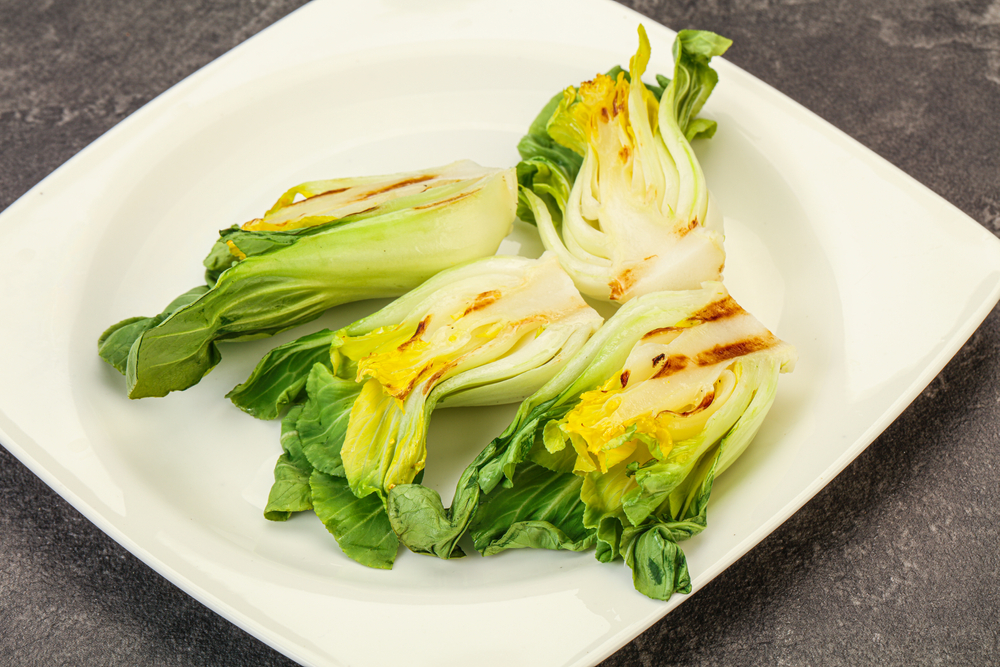
Bok choy has a variety of health benefits. Starting with it’s mostly water basis, bok choy is good for hydration.
Bok choy has plenty of fiber which can help regulate your digestion and ultimately help lose weight.
The veggie is additionally capable of promoting bone health with a good dose of calcium and iron while also lacking cholesterol and helping with heart health.
Finally, bok choy has vitamins for antioxidants including vitamins A, K, and C, all of which help your immune system and many other body functions.
As it fairly typical with vegetables, among bok choy’s biggest benefits is the lack of fats or processed chemicals in bok choy. Your diet won’t get much healthier than consuming a literal plant, even if you put a little soy sauce or paper on it.
People who are already seriously ill may want to avoid bok choy, as it contained glucosinates. While these elements can be helpful and actually prevent cancer, they shouldn’t be consumed in large volumes. In other words, bok choy, like many other foods, shouldn’t be incorporated with every meal.
Conclusion
Now that you’ve learned a little about bok choy, you should try some. Order a dish with bok choy or head to the grocer, possibly an Asian food centric grocer, and try some. Bok choy can expand your flavor boundaries in very safe ways considering that it’s quite like regular cabbage. The vegetable can ultimately liven up your salad or provide a good addition to soup – or you can just eat a stalk raw.
Bok choy is also easier to cut up and store than cabbage, which comes as a head – you don’t need to do much to prepare bok choy besides cut it up.


